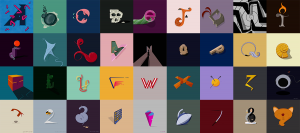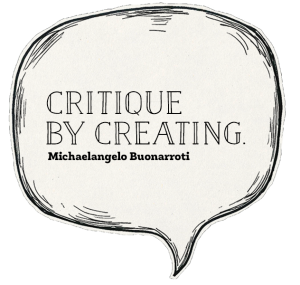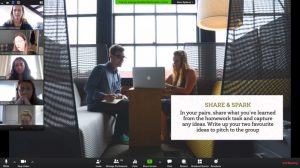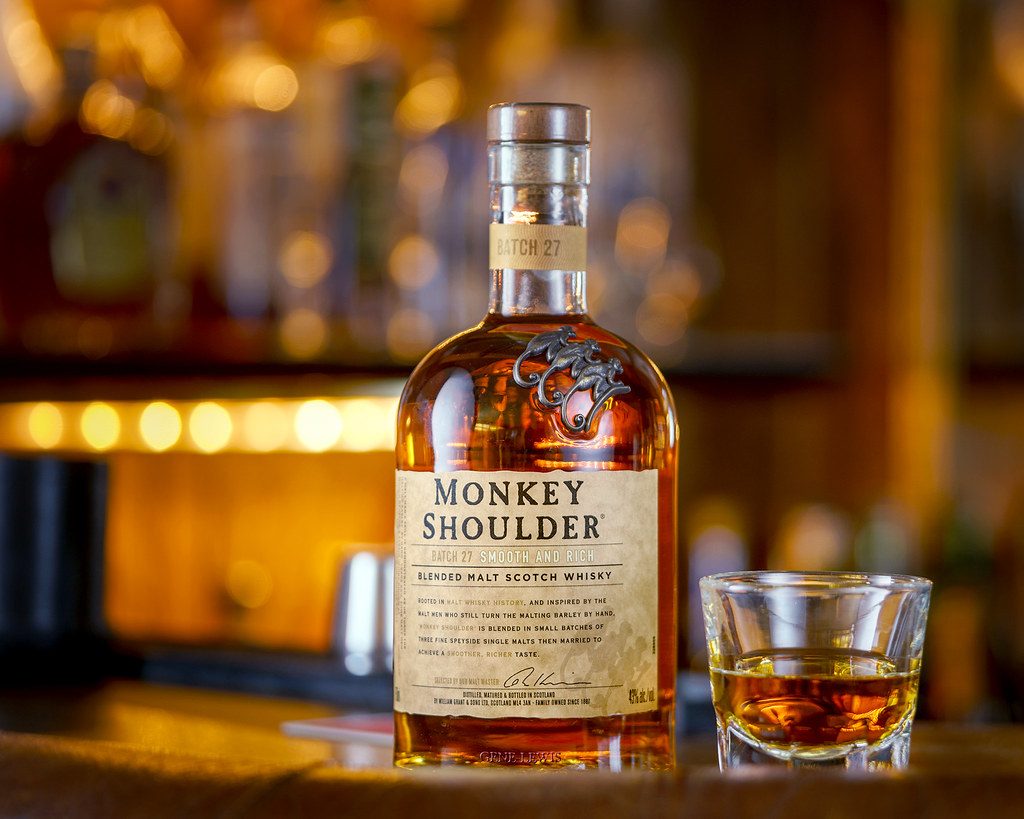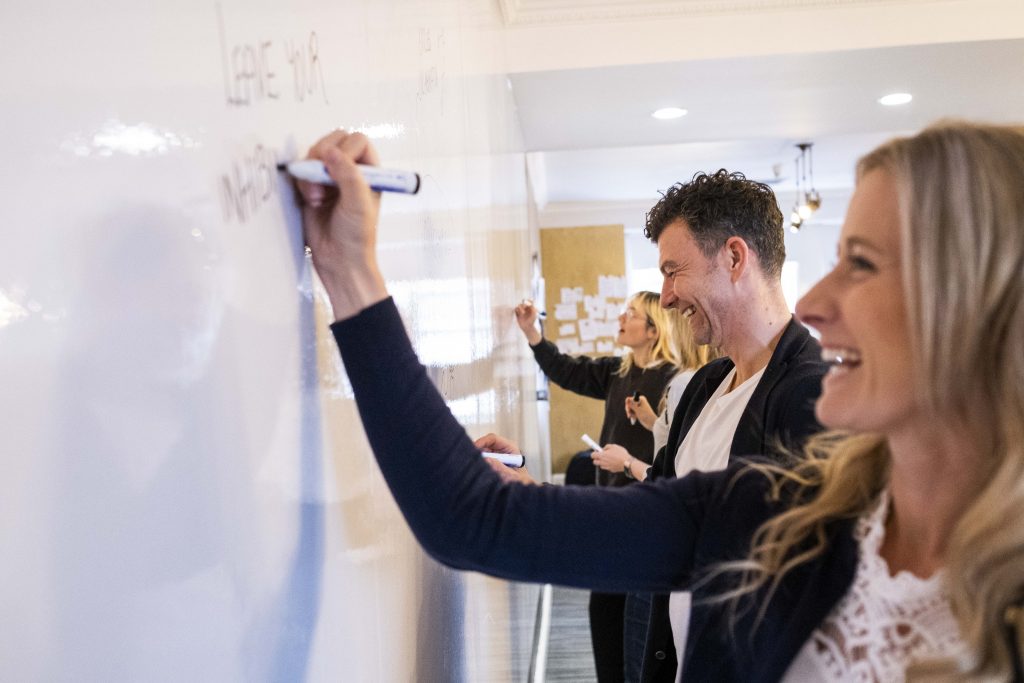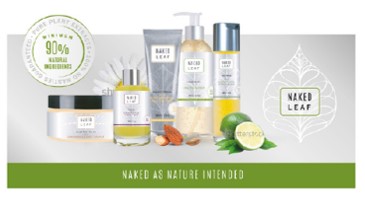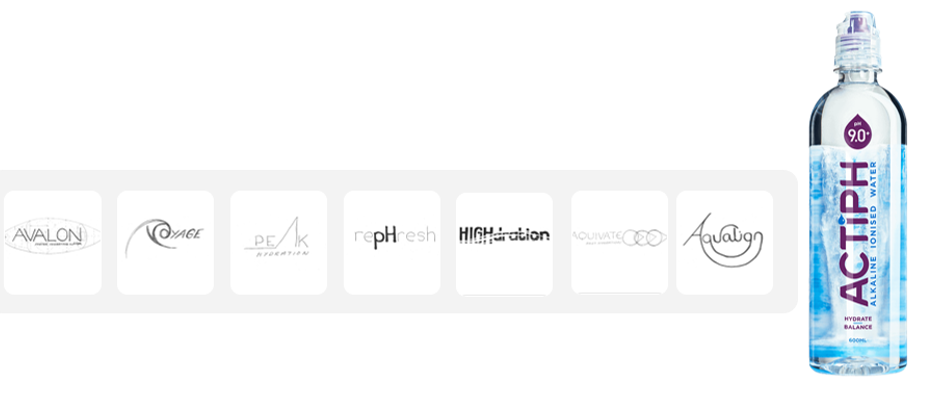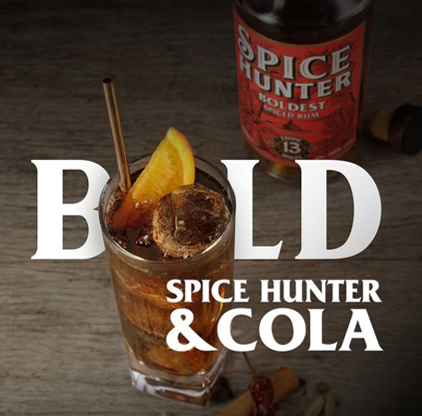We’re going old school with our written podcast series, and grabbing a drink with our new (and first ever) Creative Director, Sean Mulholland.
Now we’re back in the office and his feet are comfortably under the desk, Deputy MD, Cat Summers, sat down with Sean to fire some challenging questions (and some frivolous ones) his way…
First off – G&C Bar or Coffee Shop?
Well since it’s a Friday afternoon there’s only one sensible answer there.
*Pours a pint*
Now you’re comfy, if you were doing a stand-up show, what’s your opening line?
All proceeds of tonight’s performance goes towards overshirts and skin fades.
However, the real elephant is – who’s buying tickets to this atrocity?
Sean Mulholland – The Life of a Creative Director. £33 at The Assembly Hall.
A person of questionable taste I’d imagine.
Although, as the old festival logic goes – he is on at Assembly Hall,
and he’s pretty pricey…so it must be good.
Keeping with the creative theme – If your career to date was turned into a film, what would it be?
Well, I didn’t do ‘the advertising course’, as many do – which is great by the way. I hitchhiked my way into the industry with a mate who did pay for the course – cheers AC!
So I’d say The Hitchhiker’s Guide to the Galaxy seems the most appropriate.
Especially when Martin Freeman’s character, Arthur, finds himself surrounded by aliens. It definitely felt like that at the start. Everyone speaking in strange languages, huddled round massive glowing tables, (lightboxes, remember those?), decoding drawings – the aliens called them ‘scamps’. But, like Arthur, I found my feet, and wearing more than a dressing gown (thankfully), I started to get stuck in and ended up loving this weird alien world. I jumped from planet to planet (those are agencies in case no one’s noticed I’m absolutely milking this question) and gained invaluable experience from each. And like any new place, it might seem similar on the outside but it’s a whole new world on the inside. From ATL to BTL and from B2B to B2C, each had their own in-depth alien language to learn. And drinking customs. Which was both fascinating and terrifying at the same time. And just when you think you’ve mastered those, neatly making your way up the ladder, a whole new alien language is presented to you. Client speak. *Faux horror music*.
But as alien as everyone and everything seems at first, the more you get to know agencies and clients, freelancers, and production companies, etc, etc, the more you realise we’re all just people trying to make the best work we can. I’m sure there’s a good lesson in there somewhere.
But that’s a bit soppy so, and to end this painful parallel, another reason it’d be this film, is only in advertising would the answer ‘42’ to the question ‘what is the meaning of life, the universe and everything?’, make complete sense.
Spoiler: It’s probably the rounds of amends.
Right, fun over, let’s talk business! If you could be behind any challenger brand, what would it be?
In true challenger brand style I wouldn’t be like any of them, they’re all way too mainstream for me. I’m way cooler and they’re all shit. You’ll need to imagine that statement in a massive typeface too, obviously.
But seriously, I think right now Oatly are doing an amazing job – which is strange classing them as a challenger brand, considering they’ve been around for over 10 years and pretty much own the alt milk market. But, they’re definitely challenging the status-quo of how a brand is ‘supposed to advertise’. Not just in their tone of voice but in every single manifestation of their brand. It’s a masterclass in adopting a positioning and completely living it. Also sticking to the vision when the buck starts to bang, and not becoming globally dull like a certain drunk pootch.
If you were a TikTok challenge, which one would you be?
I’d be the coolest one, you know, the one that everyone’s doing right now, you know the one.
The one with the cats? Cactus? Thankfully there’s cooler and younger people in the agency that actually use this platform but I’ve no idea. But I do know the cat cactus challenge is available if anyone wants a sick new challenge… That’s the original meaning of sick btw.
If Guy & Co was on Tinder, what made you swipe right?
Sexy client names surely! (Did I write that correctly guys? Yeah? Great.)
Honestly, it’s for a reason that absolutely no one’s on Tinder for, and that’s for how Guy & Co thinks. Genuinely, I love the idea of allowing our clients the chance to test creative with the public before buying into it. To get a true gauge from, not just ten students promised pizza and 50 quid, but from a huge cross-section of a specific audience anywhere in the world. It’s a real positive for me. I’ve always been ‘brought up’ to think testing’s the Devil, but the real Devil is putting average work in front of a group and hoping they’ll not choose it.
So, for me, I love the idea of Guy & Co’s positioning – ‘Giving you the confidence to challenge.’ The challenge for me is making sure that the Devil stays off of the testing table. Swipe.
It’s our tenth birthday next year, so if you were running that – where would you take us?
To be honest, knowing David now, I think even my craziest idea will probably end up falling short of the reality so I’m going to reserve my ideas for that in worry that I’ll lower the culture bar!
If the world ended tomorrow, what brief would you want to work on today?
Playstation. Every day of the week. They’ve always been an amazing storytelling brand with a world of potential lying within their games and audiences. And a brand that have always made incredible ads. The challenge would be – how to do it differently. But, what’s not to love about that challenge.
Closer to home I’ve always wanted to work on Tunnock’s, another brand with loads of potential. Why couldn’t they have Irn-Bru-type fame? Again, it would be a challenge but another amazing one.
But I mean, if the world’s gonna end and I’m sat at my desk doing a Playstation or Tunnock’s brief, someone better give me a shake.
You’re standing in a bar, and in walks 21-year-old Sean. What do you say to him? What’s your words of wisdom?
Put down the beer! Run away!! Joking, but that’s a no-brainer for me. It was the best bit of advice I’ve been given as a professional worrier – stress is the killer of creativity. And as simple as that may sound, when you’re surrounded by intensely passionate creatives all hungry to crack your brief, it’s much harder to remember.
But when you think about it, creativity is about letting your mind play – play with the information on the brief and the research and the other random stuff in your head.
To make unexpected and fun connections that only a playfully calm mind can.
Trying to be creative whilst being stressed is like trying to think happy thoughts 100 feet from the ground as you realise you’ve no parachute. Impossible.
Finally, what are you most excited about doing with us at Guy & Co?
Well, if you’ve read this far then working with you, because something tells me we’ll get on. But seriously, it’s a new chapter in my career that I’m genuinely excited about. It’s a great agency, full of great people, built on a great idea – and I’m not just saying that because they pay me. But I’m most excited about seeing where we can go next, helping to build out the creative department with even more talented people will be wild and most importantly – fun. And harnessing those talents to make sure Guy & Co’s name becomes as synonymous with great creative as it is with great results.
Also, we’ve got a pool league starting, so winning that.







